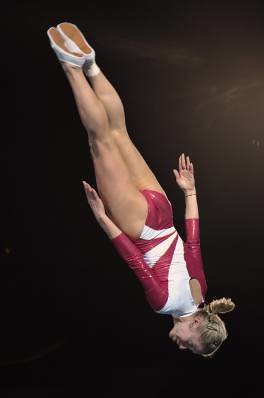OCR PE Unit 6.4
Games Based Sport - Cricket
Most Important Officiating Rules
- Each team plays with 11 men, there are two teams, one bats and one bowls at a certain given time. If I was officiating, at the start of the game I would ensure that the fielding team has 11 on the field and the batting team has two batsmen.
- The other team is 'All OUT' if 10 of the 11 batsmen are dismissed
- In a Test match each team has 2 innings, and can declare at any time
- A match can be drawn in a test match when the team bowling second fails to dismiss all of the batsmen
- In a game where there is only 1 innings per team the only way the match can be drawn is if both teams score the same amount of runs
Scenarios (What I would do and video clips etc.)
In this section I am going to use different examples of game situations and what I would do to officiate in them.
If there is an appeal where the bowling team shout 'Howzat' then I would decide if the ball is hitting the stumps. If I think it is then I signal OUT.
If there is a chance of a run out and I cannot tell whether it is OUT I will signal a review to the third umpire.
If the ball is hit over the boundary without bouncing, I will signal 6. The same applies if the ball is hit to the boundary but does bounce I will signal 4.
If a player challenges my decision the third umpire would review the appeal and I would either signal OUT or overrule my original decision.
Further on in this post I will explain the umpires signals and why they are used. Below is me officiating a short game -
Officiating History
A few years age I attended a cricket course where I developed my skills both playing and officiating. During this course I was able to develop my knowledge of officiating in a tense game situation. I officiated well and further understood the signals in the game. I umpired a game between kids of about 7 or 8 who had only had a little experience in the game. Although there was no television technology I did OK!
Witness Statements
My Coach
Ryan has officiated a game between the younger age group. He showed the correct hand signals. Some of his decisions were wrong, this may have been under pressure. When Ryan did this he improved his skills such as knowing when to defend and when to attack.
My Dad
A few years ago Ryan completed a training course. He was about 11 years old and he was officiating a game with people a little younger than him. He enjoyed the course and made mainly the correct hand signals and decisions etc.
Hand Signals
Below show the hand signals made by umpires and why they are there -
OUT - is shown when a batsmen is dismissed. (Bowled, caught, run out)
Television Replay - is shown when an umpire isn't sure about a decision. (Run out decision)
Six - is shown when the ball is hit to the boundary without bouncing
Four - is shown when the ball is hit to the boundary but touches the ground before
it reaches it
Bye - is shown when a legal ball is bowled and goes for runs although the batsman did not touch the ball. The number of byes depends on how many runs are taken
Leg Bye - is shown when the ball touches the body but not the bat of the batsman
and goes for runs
One Short - is shown when a batsman runs two or more runs and doesn't put his bat in the crease
Wide - is shown when the bowler bowls a ball out of reach of the batsman

No Ball - is shown when either a bowler bowls a ball that the batsman cannot hit and or he steps over the crease he is bowling from
New Ball - is shown when after 8 overs the fielding team can ask for a new ball






























